- Key Factors to Consider When Selecting Underground Water Pipes
- Comparative Performance Analysis
- Best Pipe by Application and Industry
- Cost vs. Performance: Understanding Long-Term ROI
- Installation and Jointing Methods That Affect Pipe Selection
- How to Choose the Best Pipe for Your Project
- Why Anaconda Pipe & Hose Is a Trusted Partner for Underground Water Pipe Solutions
Selecting the best pipe for underground water line applications is critical for ensuring the reliability, safety, and operational efficiency of both industrial and municipal infrastructure. Whether the project involves a mining operation, a municipal water supply system, or an oil and gas installation, choosing the wrong pipe can result in costly premature failures, increased maintenance, and potential regulatory issues.
This guide is specifically designed for project contractors, engineering managers, procurement heads, and government decision-makers responsible for specifying and sourcing piping systems. These professionals must evaluate factors such as performance, installation costs, durability, and regulatory compliance, while ensuring the long-term ROI and operational continuity of their projects. Understanding the characteristics of different underground piping materials is key. By evaluating how materials such as HDPE, PVC, and CPVC perform under real-world conditions, stakeholders can make informed, data-driven decisions that minimize risks and optimize system performance.
Selecting the best pipe for underground water line installations requires careful consideration of environmental factors and operational requirements. The best pipe for underground water line should meet specific performance, durability, and cost-efficiency standards. Whether it’s the best pipe for underground water line in an industrial project or a municipal water distribution system, a well-informed choice ensures long-lasting, cost-effective results. Choosing the best pipe for underground water supply line is essential for maintaining system integrity and minimizing future maintenance costs.
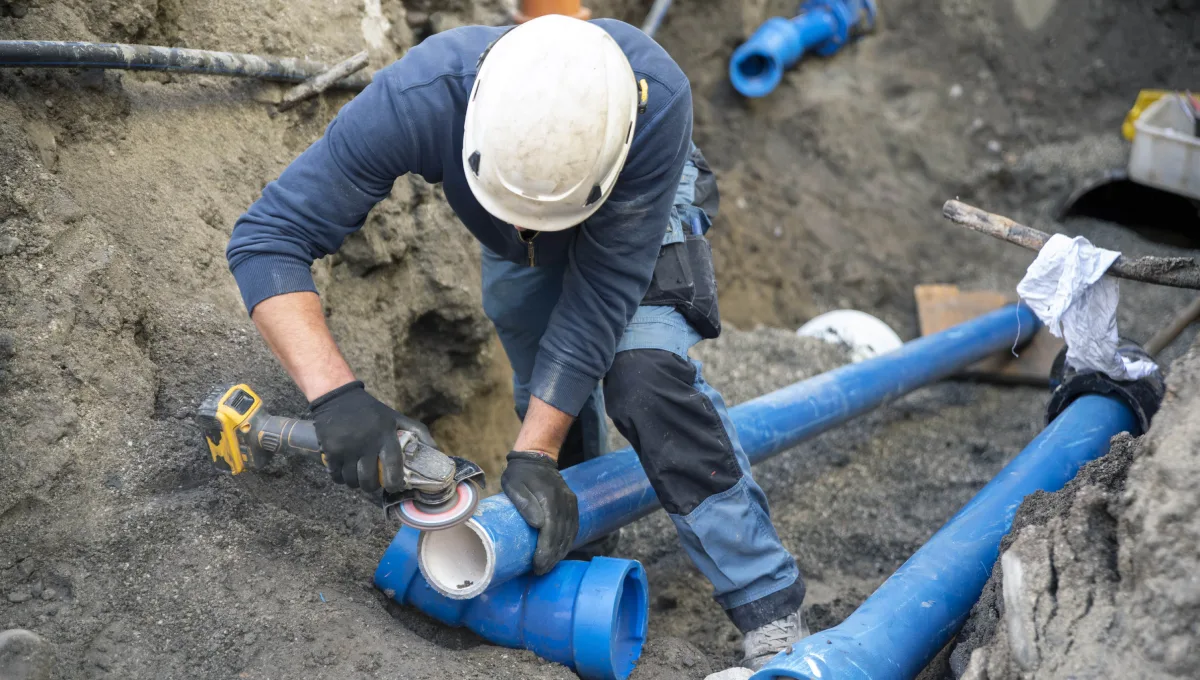
Key Factors to Consider When Selecting Underground Water Pipes
Choosing the best pipe for underground water line installations requires careful evaluation of various factors to ensure long-term system performance and durability. The selection process involves a detailed understanding of project-specific conditions, operational demands, and regulatory requirements. Below are the key factors that influence this decision:
- Soil Conditions and Chemical Composition
The type of soil, whether sandy, clay, rocky, or acidic, can significantly impact the performance of pipes. Materials like HDPE offer superior resistance to soil movement and chemical corrosion, making them ideal for harsh or challenging environments. HDPE is particularly useful in areas with high soil instability or chemical exposure. - Climate and Freeze-Thaw Cycles
In regions where temperatures fluctuate or drop below freezing, pipes must withstand expansion and contraction without cracking. Flexibility and temperature tolerance are essential characteristics when selecting the best underground pipe for cold climates to ensure long-term integrity and performance. - Water Pressure and Flow Rates
Industrial and municipal systems often operate under high-pressure conditions. It’s crucial to select a pipe with an appropriate pressure rating to avoid deformation, joint failures, or bursting, especially in high-demand water supply lines. - Lifespan and Maintenance Expectations
The best pipe for underground water supply line applications should offer long service life with minimal maintenance. Materials such as HDPE and ductile iron are chosen for their durability and long lifespan, typically 50 to 100 years, which minimizes long-term operational disruptions. - Installation Cost vs. Operational ROI
While some materials may have a higher initial cost, they offer a better return on investment over time through reduced labor costs, faster installation, and a longer service life. - Regulatory Compliance and Industry Standards
Compliance with standards set by AWWA, ASTM, and NSF is essential for potable water systems or critical infrastructure, ensuring safety, reliability, and acceptance across various jurisdictions.
By considering these criteria, stakeholders can confidently choose the best pipe for underground water line systems that meet technical requirements, regulatory needs, and long-term operational goals.
Selecting the best pipe for underground water line applications requires a comprehensive understanding of the various materials used across industrial and municipal sectors. Each material has its own set of strengths, limitations, cost implications, and suitability for different environments. To ensure long-term performance and minimize potential issues, it’s essential to choose the best pipe for underground water line based on factors such as soil conditions, water pressure, and environmental exposure.
1. HDPE (High-Density Polyethylene)
HDPE is widely regarded as the best pipe for underground water line applications in demanding environments.
- Offers high flexibility, making it resistant to shifting soils and seismic activity
- Features seamless fusion joints that eliminate leakage risks
- Corrosion and abrasion-resistant, even in aggressive soil or fluid conditions
- Typical service life exceeds 100 years, reducing the need for frequent replacements
- Commonly used in mining, oil & gas, and large-scale infrastructure projects
2. PVC (Polyvinyl Chloride)
PVC is a cost-effective material commonly used in municipal systems and low-pressure environments.
- Lightweight and easy to transport and install
- Corrosion-resistant and non-reactive to most chemicals
- Ideal for water mains and rural water supply systems
- Less flexible than HDPE and may be vulnerable to cracking in cold climates
3. CPVC (Chlorinated Polyvinyl Chloride)
CPVC offers improved thermal and chemical resistance compared to traditional PVC.
- Withstands higher temperatures, suitable for process water lines
- Resists internal and external corrosion
- More costly than PVC, but delivers added performance benefits
4. Ductile Iron Pipe (DIP)
Ductile iron is valued for its strength and ability to handle pressure.
- Requires external coatings or cathodic protection in corrosive soils
- Heavier and more labor-intensive to install, increasing upfront costs
5. PEX (Cross-linked Polyethylene)
PEX is more commonly used in residential applications, but it also has niche applications in industrial settings.
- Flexible and resistant to freezing damage
- Typically used for smaller-diameter water lines
For most large-scale, long-term applications, HDPE often emerges as the best pipe for underground water line installations due to its longevity, flexibility, and resistance to shifting ground. When considering the best pipe for underground water line projects, HDPE is often the ideal choice, offering enhanced durability and the ability to withstand harsh environmental conditions.
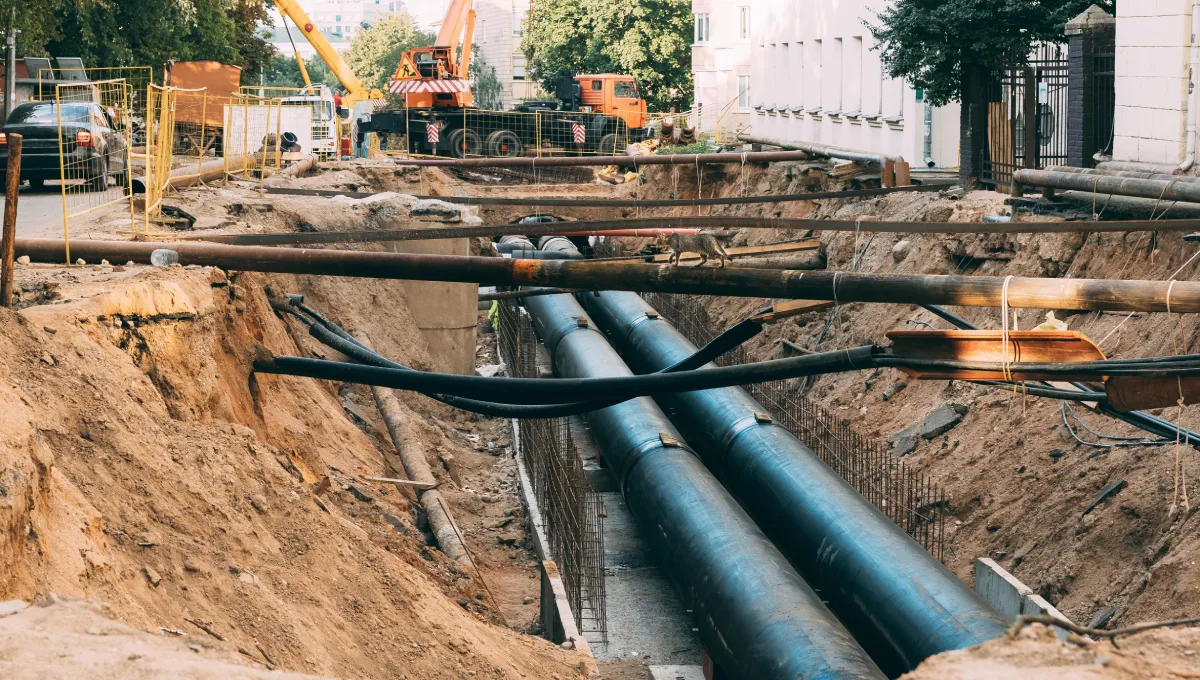
Comparative Performance Analysis
To determine the best pipe for underground water line installations, it’s essential to evaluate how different materials compare across several core performance criteria. The right choice depends on the project’s specific needs, environmental conditions, and long-term operational goals.
- Durability & Pressure Tolerance
HDPE and ductile iron offer superior durability, capable of handling the high pressures typical in industrial operations. PVC and CPVC are suitable for moderate pressures, while PEX is generally reserved for low-pressure systems. - Resistance to Corrosion, Chemical Attack, and UV Exposure
HDPE, CPVC, and PVC are naturally resistant to a wide range of chemicals and do not corrode like metal pipes. CPVC, in particular, excels in handling hot and aggressive fluids. Ductile iron, although strong, requires external coatings or cathodic protection to prevent rust and degradation in soils with high reactivity. - Installation Complexity and Labor Costs
PVC and PEX are lightweight and easy to install, reducing labor costs. HDPE requires specialized fusion welding but enables trenchless installation, reducing disruption to the surrounding area. Ductile iron is the most labor-intensive due to its weight and the requirements for welding or joining. - Joint Integrity and Leak Risk
HDPE features seamless fusion joints, virtually eliminating the risk of leaks. PVC and CPVC rely on solvent welding, a process that requires precision and expertise. Ductile iron uses mechanical joints that are secure but can be prone to leaks over time without proper maintenance. - Long-Term Maintenance and Replacement Cost
The best pipe for underground water supply line applications should minimize lifecycle costs. HDPE stands out with its low maintenance needs and lifespan exceeding 100 years. Ductile iron and CPVC require more frequent inspections and maintenance, which can add to long-term costs.
By considering these factors, engineers and procurement leaders can identify the best underground pipe that meets project demands and ensures reliable performance for decades.
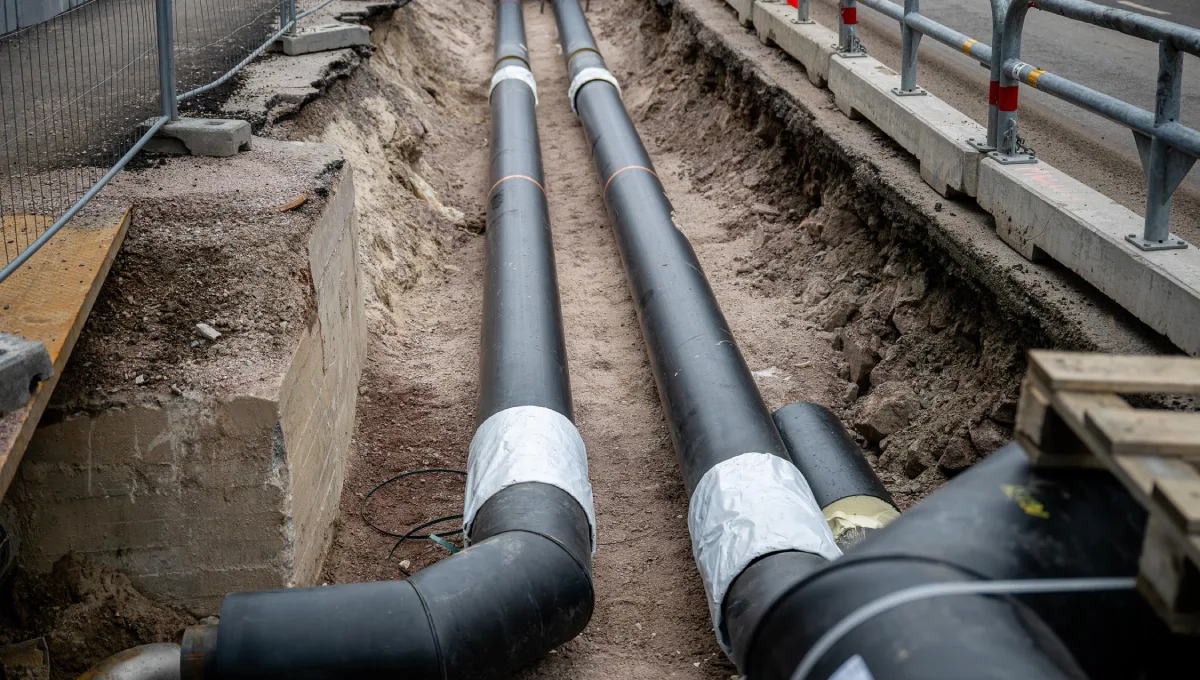
Best Pipe by Application and Industry
Selecting the best pipe for underground water line applications varies based on industry needs, environmental conditions, and project demands. Below are some key industries and the best pipe choices for their respective needs:
Municipal and Military Infrastructure
Municipal systems and military infrastructure require pipes with long lifespans, compliance with strict regulations, and reliability. HDPE and ductile iron are often the best underground pipes for these applications. HDPE offers exceptional flexibility and seamless fusion joints, reducing the risk of leaks. Ductile iron, with its high tensile strength, is ideal for handling high-pressure water systems in large-scale urban and military setups.
Oil & Gas Projects
In oil and gas projects, pipes must withstand high pressure and exposure to corrosive chemicals. HDPE and CPVC are preferred due to their resistance to corrosion and ability to withstand harsh conditions. HDPE is known for its flexibility and longevity, while CPVC provides high-temperature tolerance, making them the best pipes for underground water supply line applications in the energy sector.
Mining Operations
Mining environments require pipes that can resist abrasion and shifting ground. HDPE with fusion joints is the best pipe for underground water line installations in these settings. Its flexibility and resistance to soil movement make it the top choice for water management in mining operations, ensuring minimal downtime and maintenance.
Heavy Industrial Water Supply
In heavy industrial applications, the best underground pipe balances temperature and pressure demands with durability. CPVC and HDPE meet these requirements, offering resistance to high temperatures, corrosion, and pressure, making them suitable for demanding industrial environments.
Cost vs. Performance: Understanding Long-Term ROI
When selecting the best pipe for underground water line applications, it’s essential to consider the total cost of ownership (TCO), which includes material, installation, maintenance, and service life. The initial purchase price is just one factor; long-term costs can have a significant impact on the overall project budget.
Choosing the best underground pipe can minimize lifecycle costs by reducing the need for frequent repairs and replacements. For example, HDPE offers a lifespan of over 100 years, significantly reducing the need for maintenance compared to alternatives such as PVC or ductile iron. While the upfront cost of HDPE may be higher, its durability and flexibility ultimately result in substantial long-term savings.
Additionally, the best pipe for underground water supply line installations minimizes the risk of hidden costs such as leaks, repairs, and unplanned downtime. Leaking pipes can lead to water loss, increased energy costs, and damage to surrounding infrastructure, causing significant disruptions. By investing in a durable, corrosion-resistant pipe like HDPE or CPVC, companies can avoid these hidden costs and ensure reliable, uninterrupted service.
Ultimately, selecting the best underground pipe ensures that the project will meet both performance requirements and long-term budget goals, providing a clear return on investment over its extended service life.
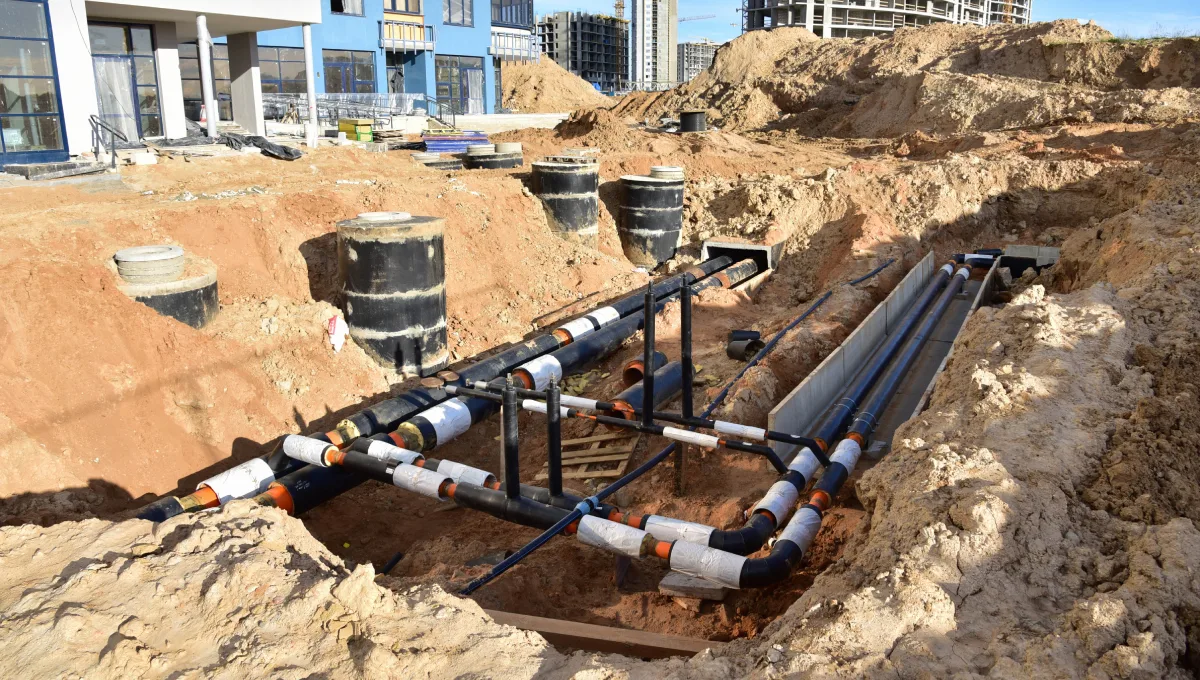
Installation and Jointing Methods That Affect Pipe Selection
When selecting the best pipe for underground water line applications, installation methods and jointing techniques play a crucial role in determining performance, downtime, and long-term maintenance costs. The choice between trenchless and open-cut installation methods has a significant impact on project timelines and costs.
- Trenchless vs. Open-Cut Installation
Trenchless installation minimizes surface disruption, reducing excavation costs and installation time. It’s particularly beneficial for installing the best underground pipe in areas with limited access or existing infrastructure. However, it may require specialized equipment and higher initial costs. - Fusion Welding (HDPE)
HDPE pipes are often joined using fusion welding, which creates seamless joints that virtually eliminate the risk of leaks. This method is particularly suited for the best pipe for underground water supply line installations, offering long-term durability and minimal maintenance. - Solvent Welding (PVC/CPVC)
PVC and CPVC pipes are typically joined using solvent welding, which requires precise application to avoid leaks. While effective for smaller projects, it may present challenges in areas with ground movement. - Mechanical Joints (Ductile Iron Pipe – DIP)
Ductile iron pipes utilize mechanical joints that provide a secure connection, but may require more frequent maintenance over time to prevent leaks.
The installation method and jointing technique directly influence downtime, leak potential, and overall labor costs, making them critical considerations when selecting the best underground pipe.
How to Choose the Best Pipe for Your Project
Choosing the best pipe for underground water line installations requires a structured decision-making approach. Start by evaluating the use case, environment, and project size. Consider factors such as soil conditions, climate, water pressure, and the system’s expected lifespan to determine the best underground pipe for your specific needs.
- Decision Matrix
Develop a decision matrix that weighs material properties, installation costs, and long-term maintenance needs. For example, HDPE is often the best pipe for underground water supply line applications in environments with high soil movement or harsh conditions. At the same time, PVC may be more appropriate for lower-pressure, cost-sensitive projects. - Consulting with Suppliers or Engineering Teams
When in doubt, consult with a trusted supplier or engineering team to ensure that the selected material meets all technical and regulatory requirements. - Role of Value Engineering
In large-scale infrastructure projects, value engineering can help optimize the choice of the best pipe for underground water line applications, balancing performance and cost over the pipe’s lifecycle.
Why Anaconda Pipe & Hose Is a Trusted Partner for Underground Water Pipe Solutions
Anaconda Pipe & Hose stands out as a trusted partner for best pipe for underground water line solutions, offering a unique combination of real-world application expertise, reliable product availability, and unmatched engineering support. Our team understands the diverse needs of industries, from municipal systems to oil and gas, ensuring that every project receives the best pipe for underground water supply line tailored to its specific requirements.
We focus on providing durable, high-performance pipes, such as HDPE and CPVC, which are engineered to meet the highest industry standards. These materials are selected as some of the best pipes for underground water line installations, offering superior longevity and reliability, ensuring minimal downtime and long-term operational efficiency. When selecting the best pipe for underground water line projects, our solutions are designed not only for optimal performance but also for strict adherence to delivery timelines.
With years of B2B sourcing expertise, Anaconda Pipe & Hose is committed to providing the best underground pipe solutions. Our products are among the best underground pipe options available, delivering exceptional performance and cost efficiency throughout the lifecycle of your underground water systems. This ensures a reliable and sustainable infrastructure for your projects.


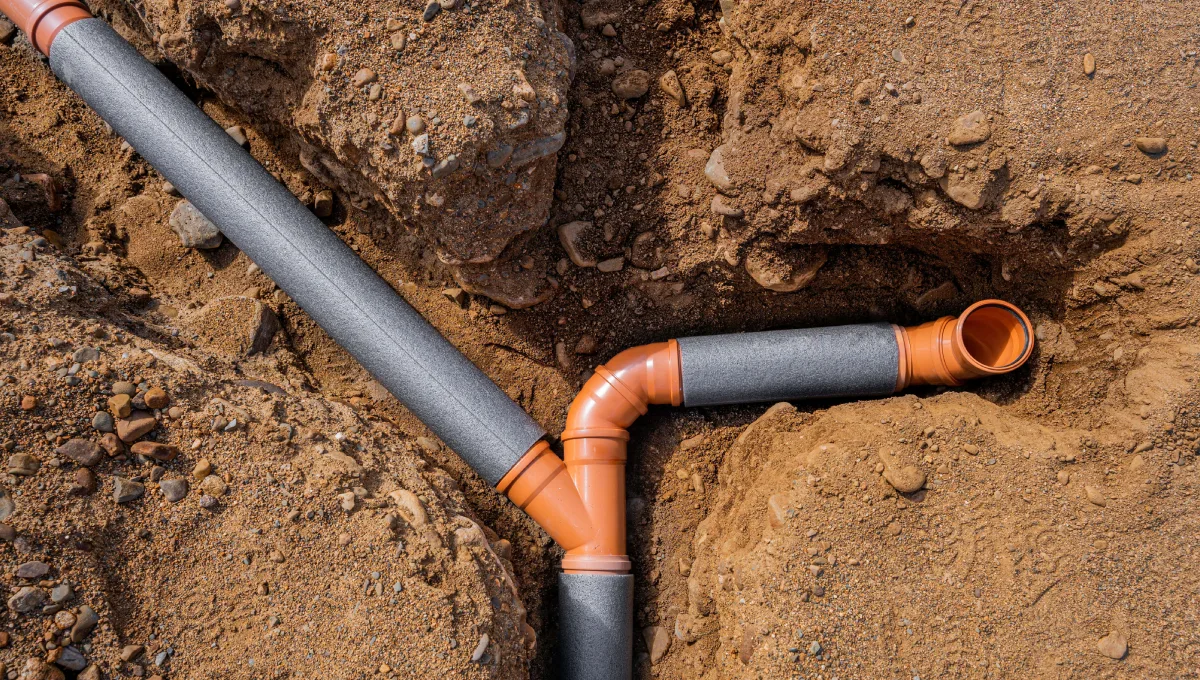

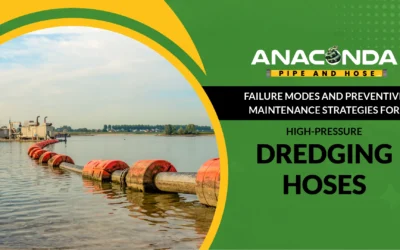
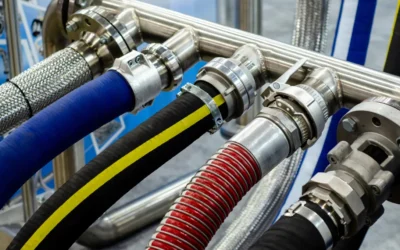
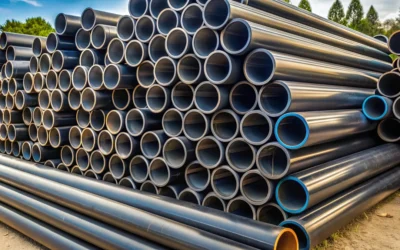
0 Comments